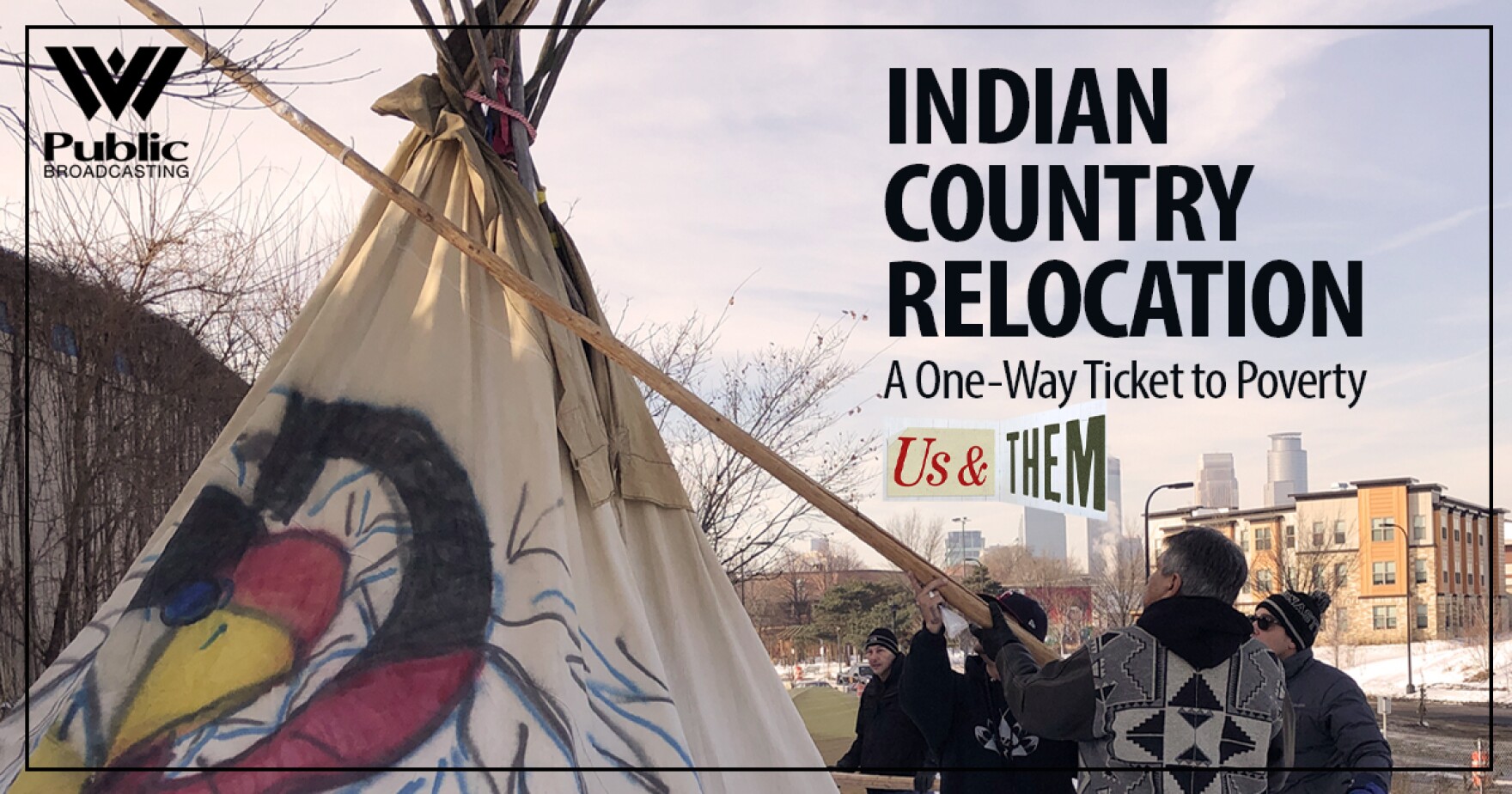High schoolers of Indigenous backgrounds from all over the country arrived in the Eastern Panhandle last week for a leadership congress. The event focused on discussions of conservation and reducing the effects of climate change.
The Native Youth Climate Adaptation Leadership Congress, or NYCALC, is an annual event run by the federal Bureau of Indian Affairs and the U.S. Fish and Wildlife Service. It takes place on the campus of the National Conservation Training Center, about ten minutes down the road from downtown Shepherdstown.
“It’s trying to establish that federal agencies are invested in Indigenous youth and help them address climate resiliency issues in their homelands,” said Jennifer Hill, Native Youth Coordinator with the Fish and Wildlife Service.
Scott Aikin, the service’s National Native American Programs Coordinator, says the event’s theme of climate change is one that resonates with Native communities.
“We have permafrost melting, we have shoreline erosion, we have islands that are being inundated. And these indigenous communities, oftentimes, are overlooked and underrepresented in the broader discussion,” Aikin said.
Each year, organizers pose a “big question” to its attendees involving how to tackle climate change. This year, students were asked to think of ways to mitigate its effects using a combination of Indigenous knowledge and Western science.
Audrey-Rose Sevaaetasi, who traveled to Shepherdstown from American Samoa, was part of a group of students that looked at the issue from the lens of culture, tradition, and spirituality.
“We came up with basically having Indigenous people educate Westerners, colonizers, or non-Indigenous people on how to fully appreciate nature and land the same way that we do,” Sevaaetasi said.
The purpose of NYCALC isn’t just to have these discussions – it’s also to empower Native youth. Azriel Montoya, a student from New Mexico, says her experience made her feel comfortable and proud of her Native background.
“I’ve always had that kind of identity crisis where I was ashamed to be Native for a little bit,” Montoya said. “And like, I felt really bad about it. But now, interacting with all these people who are so proud of it, now I am too. In a way, I kind of figured out who I am.”
Aikin also points out that the learning styles of many Native students differ drastically from the mainstream.
“Many of those students have come from backgrounds that have a lot of existing trauma that still affects them, and we’re bringing students to a safe environment where they can begin to address some of those,” Aikin said. “We’re not here to solve those problems. We’re here to let them express them and get them out, however they see best to do so.”
The congress is the first time many of the students have been this far away from home, but Aikin says the event is unique in that it gives its students a growth of awareness in who they are and who they can become.
“It’s to recognize what is often, in our society, overlooked: that we have stellar students within our native communities who need opportunity to express the gifts they have,” Aikin said.
